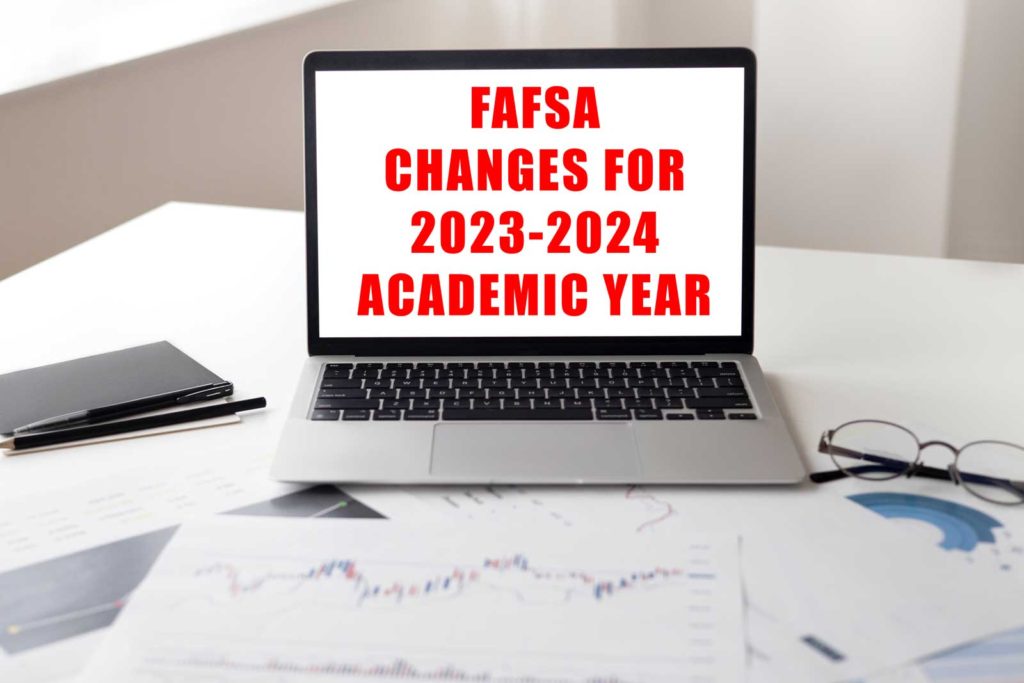
FAFSA Changes For 2023-2024 Academic Year is coming. A new, shorter version of the Free Application for Federal Student Aid (FAFSA) is aimed at encouraging more families to complete it and qualify for financial aid. However, the tweaks to the formula could reduce aid for some families, especially for more wealthy ones with more than one child in college.
The large legislation passed in a hurry by Congress in late December included changes aimed at simplifying the form. A main gateway to grants, loans, and other financial help for higher education, the FAFSA uses details of parent and student finances to compute eligibility for need-based financial aid. But in recent months, fewer students especially those from low-income families have submitted the complex form for the 2021-22 academic year, meaning they are less likely to get aid and attend college.
In an effort to make the form less daunting, legislators trimmed it to two pages with three dozen questions, from eight pages and more than 100 questions.
Student aid advocates cheered the renaming of the form’s fearful “Expected Family Contribution” to the supposedly less confusing “Student Aid Index,” as a guideline for the level of assistance a student might receive. The lower the index amount, the less you are asked to pay and the more aid you qualify for.
But while the form is leaner, the calculations behind it remains complex. The revised formula still considers overall family size in computing potential aid and, among other changes, increases the income sheltered from the calculations. But it no longer offers a break for having multiple students in college at the same time.
The result? A slight increase in aid eligibility for lower-income families with multiple siblings in college, and a significant drop in eligibility for middle and upper-income families with two or more students on campus.
The change won’t occur for nearly two years, but has already prompted some opposition. Some financial aid consultants has started an online petition to repeal the change.
To illustrate the general impact of the change, here is an example featuring a hypothetical family of four, with two working parents and twins. The parents’ annual income is $100,000, and they have assets of $50,000, while their two children had income of $3,000 and assets of $7,500.
Under the old formula that is still in effect, the family’s “income protection allowance”, the amount of income shielded from the aid calculation, taken from a table published by the Department of Education that factors in the number of children in college is $26,570. Then, federal, state and employment taxes are deducted, as are employment expenses, eventually boiling down to a parent contribution of just under $14,000. That amount is then divided by the number of children in college in this case two which cuts the contribution to about $7,000 for each child.
Regarding the “other” form (the CSS Profile) that many private colleges require, it is unclear if the College Board will follow in the footsteps of the FAFSA changes.
If you would like more information on FAFSA Changes For 2023-2024 and/or the CSS Profile and how to properly file the forms, please contact our staff.

